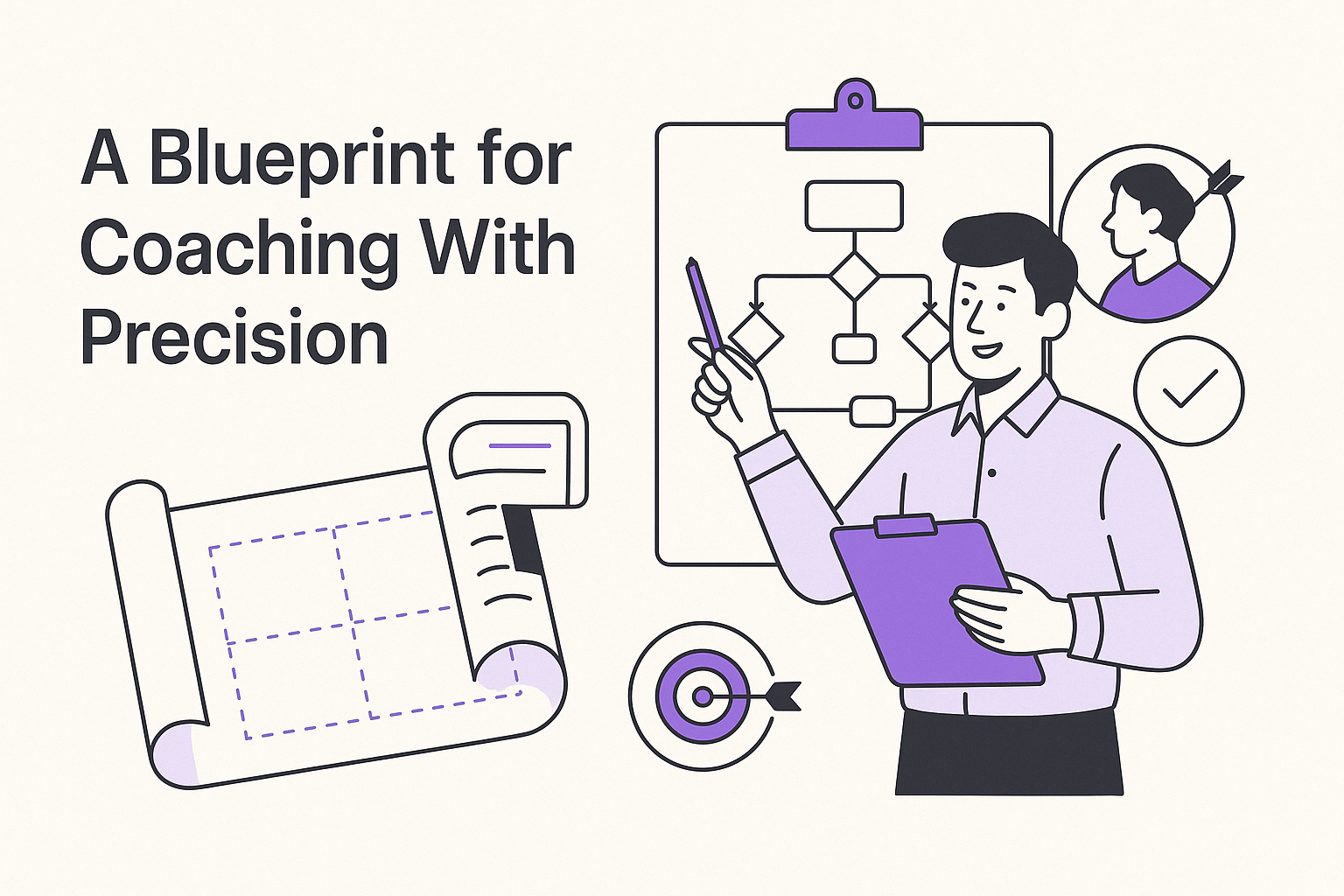Customer Service Evaluation Survey: Key Considerations
-
Bella Williams
- 10 min read
Service Quality Assessment plays a crucial role in determining how effectively organizations meet customer needs and expectations. By examining the quality of service delivery, businesses can identify strengths and areas for improvement, ultimately enhancing customer satisfaction. When conducting customer service evaluations, it’s vital to focus on specific criteria, such as engagement and issue resolution, to gain deeper insights into customer experiences.
Understanding customer perceptions allows organizations to adjust their strategies and foster loyalty. Therefore, integrating service quality metrics can significantly inform decision-making processes. In the competitive environment of today, prioritizing Service Quality Assessment not only improves operational efficiency but also ensures customers feel valued and heard.
Generate visualizations from your qualitative data. At Scale.

Designing Effective Service Quality Assessment Surveys
Designing effective service quality assessment surveys is crucial for gathering meaningful customer insights. Start by clearly defining the objectives of your survey; understand what specific aspects of the service quality you want to evaluate. Well-crafted questions should focus on key areas such as responsiveness, reliability, and overall satisfaction to ensure comprehensive feedback.
Next, consider the structure of the survey. A blend of qualitative and quantitative questions can yield richer insights. Open-ended questions allow customers to share their thoughts in their own words, while rating scales provide measurable data. Additionally, testing the survey with a small group before sending it out can help refine the questions for clarity and effectiveness. Ultimately, a well-designed survey can illuminate strengths and weaknesses in your service quality, guiding improvements and enhancing customer experiences.
Key Elements of a Comprehensive Service Quality Assessment
A comprehensive service quality assessment involves several critical elements that work together to provide a thorough evaluation. First, understanding customer expectations is vital. This means gathering insights through surveys that reflect what customers consider important in service delivery. Knowing these expectations sets the foundation for measuring satisfaction accurately.
Next, effective measurement tools must be in place. Utilizing quantitative metrics, such as Net Promoter Score (NPS) and Customer Satisfaction Score (CSAT), can help quantify the customer experience. Qualitative feedback, gained through interviews or open-ended survey questions, complements these metrics by revealing the underlying reasons behind customer sentiments.
Furthermore, the assessment should include a benchmarking process. Comparing your service quality against industry standards not only identifies areas for improvement but also highlights strengths. Lastly, analyzing the gathered data is essential for informed decision-making. By systematically reviewing insights, organizations can implement actionable strategies that enhance customer satisfaction and loyalty.
Best Practices for Crafting Survey Questions
When crafting survey questions, it’s essential to prioritize clarity and precision. Begin by focusing on specific aspects of service quality assessment that you want to evaluate, such as response time or staff friendliness. Open-ended questions can provide in-depth insights, while closed-ended questions help quantify feedback. This combination ensures a balanced approach that can capture diverse opinions.
Furthermore, consider the wording and order of questions. Avoid leading or loaded questions that may bias responses. Make sure questions are sequentially logical, guiding respondents through the survey naturally. Finally, pilot testing your survey with a small group can help identify unclear questions or technical issues before wider distribution. By following these best practices, the effectiveness of your service quality assessment will significantly improve, leading to more actionable insights and enhanced customer experiences.
Evaluate Performance on Customer Calls for Quality Assurance.
Analyzing Feedback to Enhance Service Quality Assessment
To enhance Service Quality Assessment, it is essential to analyze customer feedback systematically. By gathering insights from surveys, organizations can pinpoint strengths and weaknesses in their service. This informed approach allows for targeted improvements that directly address customer needs and expectations, fostering loyalty and satisfaction.
A crucial method for analyzing feedback involves categorizing responses. Firstly, identify common themes within customer comments. Secondly, assess quantitative data, such as satisfaction ratings, to gauge overall performance. Next, explore specific feedback on individual aspects of the service, such as responsiveness or friendliness. Finally, create actionable insights from the analysis to guide training and operational adjustments. This structured approach ensures continuous improvement and provides a clear pathway to enhance service quality effectively. Understanding and implementing these strategies will contribute to a more robust Service Quality Assessment, ultimately leading to better customer experiences.
Interpreting Survey Results to Drive Improvements
Interpreting survey results is essential for driving continuous improvements in service quality. Start by analyzing the feedback collected to discern the primary themes that affect customer satisfaction. These insights can unveil patterns that highlight both strengths and weaknesses in the current service delivery. Engaging with these findings allows an organization to prioritize areas requiring immediate attention while also celebrating successes.
To effectively utilize survey data, consider the following key approaches:
- Identify Trends: Look for recurring themes in customer responses and analyze how these trends affect overall service quality.
- Prioritize Issues: Balance the frequency of reported issues against their impact on customer satisfaction. This prioritization aids in effective resource allocation.
- Set Actionable Goals: Based on insights, establish clear, measurable goals that aim to enhance service delivery.
- Implement Changes: After identifying areas for improvement, stakeholders must take decisive steps to enact changes.
- Monitor Progress: Regularly assess the impact of changes made to ensure they positively influence customer perceptions and experiences.
By systematically interpreting survey results, businesses can align their practices with customer expectations, ultimately enhancing service quality and fostering loyalty.
Leveraging Technology for Better Assessment and Insight
Technology plays a crucial role in enhancing the Service Quality Assessment process. By utilizing advanced tools and software, organizations can collect and analyze customer feedback more efficiently. This enables businesses to gain deeper insights into customer satisfaction and areas needing improvement. With real-time data analysis, companies can swiftly adjust their strategies, ensuring they meet and exceed customer expectations.
Incorporating technology also fosters collaboration among teams. Centralized platforms for feedback collection and analysis can eliminate the chaos of information scattered across different files. Instead, all insights are easily accessible, allowing for informed decision-making and quicker response times. Furthermore, integrating AI-powered analytics can transform vast amounts of data into actionable insights, offering a competitive edge. By automating mundane tasks, businesses can focus on interpreting data rather than getting lost in it, driving a more effective service quality assessment.
Generate visualizations from your qualitative data. At Scale.

Conclusion: Ensuring Continuous Improvement Through Service Quality Assessment
The conclusion emphasizes the importance of Service Quality Assessment in fostering ongoing improvement. By analyzing customer feedback and evaluating service quality, businesses can identify strengths and areas for development. This proactive approach not only enhances customer satisfaction but also aligns training and marketing strategies with genuine customer needs.
Continuous assessment ensures that organizations adapt to changing expectations and maintain high service standards. Regularly reviewing data allows for timely adjustments, fostering a culture of excellence. Ultimately, implementing a structured service quality assessment process is vital for achieving lasting success in customer service evaluations.







